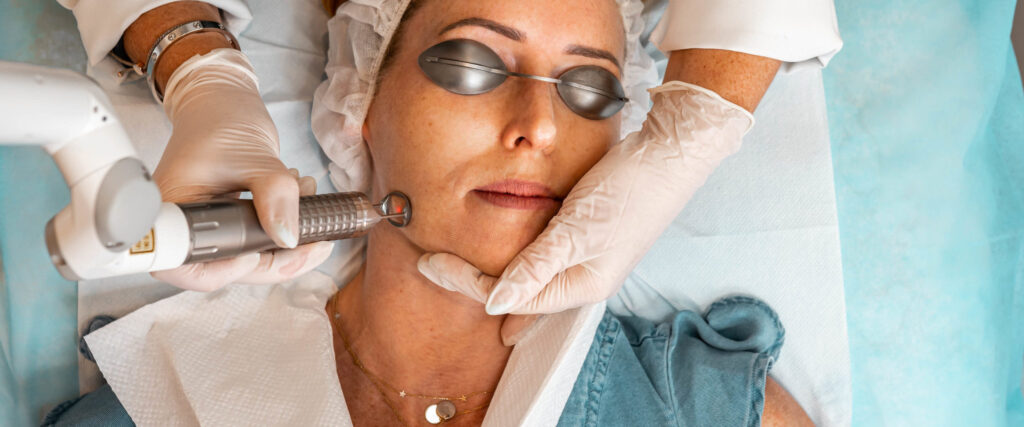
What To Know About Laser Treatments For Skin
Laser treatments have become increasingly popular for addressing a variety of skin concerns, from acne scars and pigmentation to wrinkles and overall skin rejuvenation. These treatments use focused light energy to target specific skin issues, offering precise and effective results. Here’s what you should know about laser treatments for skin:
Types of laser treatments:
Ablative lasers: Ablative lasers, such as CO2 and Erbium lasers, remove the outer layers of the skin. They are commonly used for treating deeper wrinkles, severe sun damage, and significant scars. The procedure can result in noticeable improvements but typically requires a longer recovery period and some downtime as the skin heals.
Non-ablative lasers: Non-ablative lasers, including fractional and pulsed dye lasers, work by penetrating the skin without removing its surface layers. These lasers stimulate collagen production and improve skin texture, making them suitable for treating fine lines, mild pigmentation, and overall skin tightening with minimal downtime.
Preparation and procedure:
Before undergoing a laser treatment, it’s essential to consult with a qualified dermatologist or cosmetic professional to determine the most appropriate type of laser for your skin type and concerns. During the consultation, discuss your medical history, skin type, and specific goals to tailor the treatment plan.
On the day of the procedure, the treatment area will be cleaned, and a topical numbing cream may be applied to minimize discomfort. Depending on the type of laser and the area treated, the procedure may take anywhere from a few minutes to an hour. Most patients experience a mild tingling or stinging sensation during the treatment.
Post-treatment care and recovery:
Following a laser treatment, you may experience redness, swelling, or a sensation similar to sunburn. These side effects are generally temporary and vary depending on the type of laser used. It’s important to follow post-treatment care instructions provided by your dermatologist, which may include avoiding sun exposure, applying prescribed skincare products, and keeping the area moisturized.
Recovery times vary: non-ablative lasers typically require minimal downtime, allowing most patients to resume normal activities within a day or two, while ablative lasers may involve a more extended recovery period with noticeable peeling and redness.
Results and expectations:
Laser treatments can produce significant improvements in skin appearance, but results vary based on the individual’s skin condition and the type of laser used. Multiple sessions may be needed to achieve optimal results, especially for more severe skin issues. It’s important to have realistic expectations and understand that while laser treatments can improve skin appearance, they are not a cure-all and should be part of an inclusive skincare regimen.